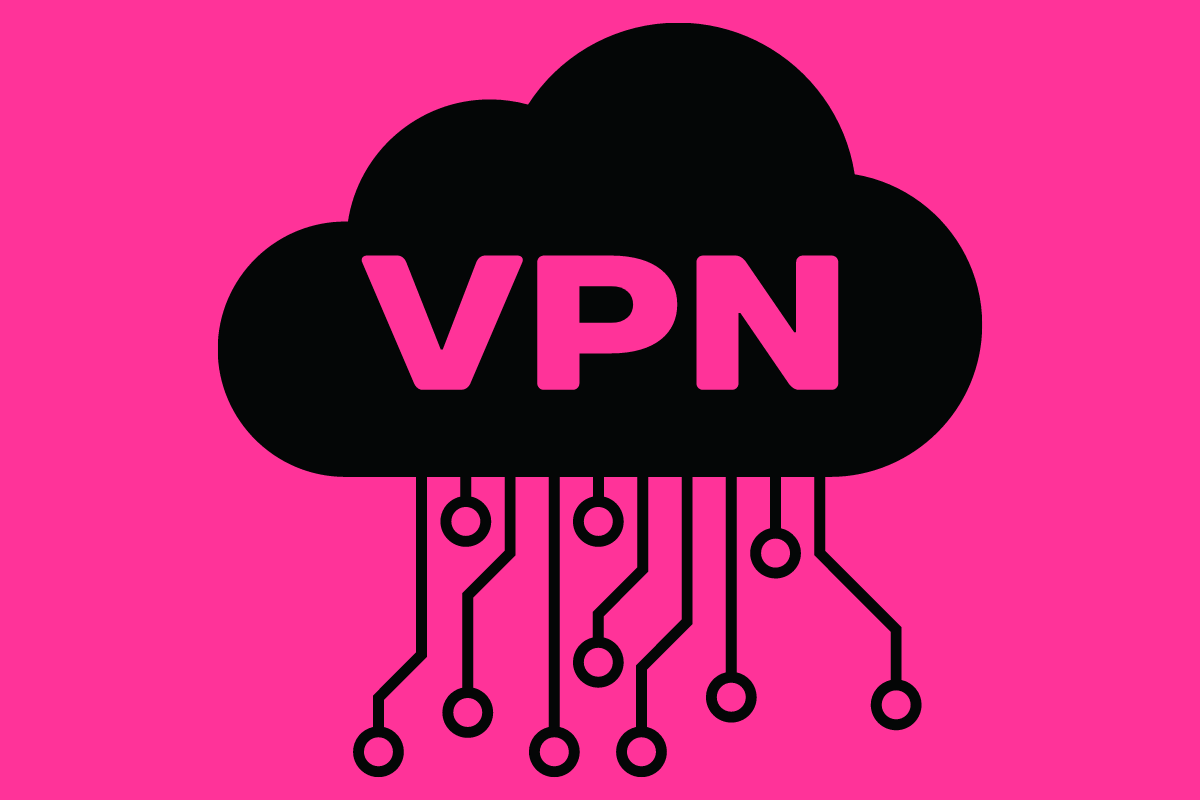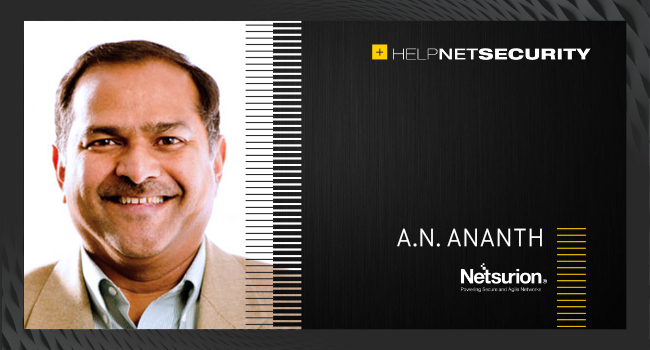Best VPN 2022 For Speed, Netflix & No Logging (Our #1 Picks)
If you’re looking for a no-log VPN for your phone, PC, or home, then look no further: these are the best no-log VPN providers right now on the market right now. In order to generate this list, we tested over 30 of the most popular VPNs on the market. After careful deliberation, we finally managed to come up with several options that are detailed in full below…
Top-Rated No Log VPNs
When it comes to VPNs, you have plenty of good options to choose from. But if you’re going to pay for a VPN, you don’t want “good” – you want great. And the difference between a “good” VPN and a “great” VPN is how we choose the options listed below.
With respect to overall download speeds, security, and platform performance, all of the VPNs listed below were exceptional. They’re also all 100% no-logs too which means they do not store ANY data about what you do while using their network.
This is important too, and it is the #1 reason why you should NOT use free VPNs – they harvest your data for profit. And when you’re looking to be more private online, you do not want this.
All of the VPNs listed below are very impressive. My personal favorite right now would be ExpressVPN. I do really like NordVPN though too – there really isn’t much to separate these two platforms.
If you want a properly inexpensive but very impressive VPN, you’ll want to check out PureVPN – it has some of the best prices in the game.
Comparison Table of Top VPN’s Features & Pricing
|
Pros:
|
Pros:
|
Pros:
|
Best For Netflix
Pros:
- 2000+ Servers
- Very Cheap Monthly Fees




